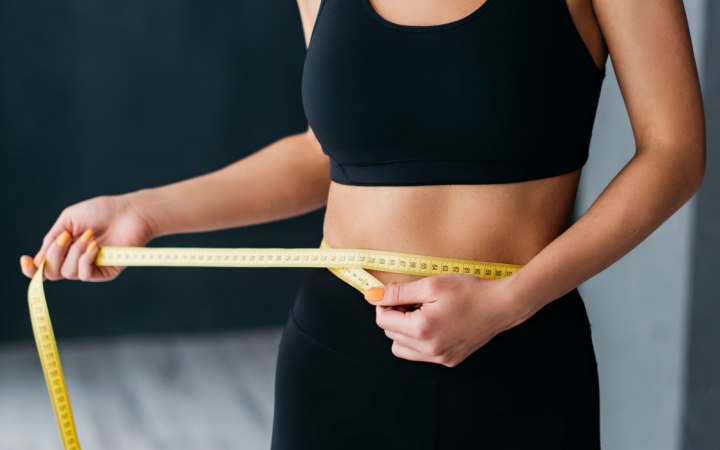Demystifying Waistlines

The Different Types of Waistlines
When shopping for that perfect dress for a special occasion, knowing what the different types of waistlines are, and which one would look best for your body type, can be confusing. Waistlines are used to help create a certain silhouette, usually an hourglass, by accenting the wearer's good features (narrow waist, full chest) and detracting from flaws (wide hips, no waist).
While fancy materials and trims, beadwork, or even elaborate stitching can make it seem as if there are dozens of waistlines, there are only five basic types that most dresses fall into. Listed below are the five types of waistlines, who would look best in them and who should avoid them.
2. Dropped Waistline. This waistline falls three to five inches below the Natural Waistline, stopping at the hips. This waistline is perfect for full-figured, short-waisted, or wide-hipped women. Dropping the waist down pulls in the hips and elongates the waist. Because it creates the illusion of an hour-glass figure, it also works very well for a very slim figure. Those who are long-waisted may want to avoid this waistline. It has a tendency to elongate the waist even more, making the body appear disproportionately longer than the legs.
3. Basque Waistline. The sides start at the Natural Waistline and drops down to a "V" in the front about two to three inches below the Natural Waistline. The Basque Waistline is usually very fitted. This is the most flattering of all Waistlines on most figures. It gives the impression of height and slenderness by reducing the width of the waist and hips and elongating the torso. It does have a tendency to draw attention to the lower belly, so those who are still puffy in front even after control top pantyhose may want to avoid this waistline. Also, those with square figures (even hip-to-waist ratio) may find that this waistline makes them look even more square.
4. Empire or Raised Waistline. A Raised Waistline is one to three inches above the Natural Waistline. The Empire Waistline is three to five inches above the Natural Waistline, starting as high as just under the bust. This waistline works well for full figures, wide hips, thick waist or belly, and even pregnancy by allowing the skirt to camouflage lower body flaws. It gives the illusion of added height, so it looks great on anyone who is short. It also helps those who are flat-chested appear fuller. On the flip side, those who have a large chest may want to avoid this waistline because of its natural tendency to draw the eyes up to the bust.
5. Asymmetrical Waistline. This waistline either starts on one side at a Raised or Empire Waistline and falls to a Natural Waistline on the other side, or starts on one side at a Natural Waistline and falls to the other side down to a Dropped Waistline. Creates a wonderful slimming effect for full-figured or thick-waisted women. Those who are short should avoid this waistline; the long waist makes the rest of the body appear shorter.
© Greatestlook.com
Photo: Zaitsev Maksym/Shutterstock
Related Posts:
Body shapes and what to wear
The most flattering hemline for your body type